

Moving house is no walk in the park. Packing your life into boxes and leaving the space where you may have created many memories over many years is widely considered to be one of life’s most stressful events – especially if you’re downsizing.
And if you’re leaving behind a loved garden that you’ve invested time and money into, it can leave you feeling even more uprooted, so it’s no surprise you may be keen to take plants with you when you move.

While grabbing your favourite potted plants and hanging baskets might seem straightforward, what happens if you want to take shrubs, trees and flowers that are planted into the ground with you?
It turns out that digging them up could land you in all sorts of trouble with your house buyers. We’re here to help you avoid any legal issues that could make an already stressful time even more nail-bitingly tense.
When you’re purchasing a house, first impressions are a big deal. People aren’t just investing in your house, they’re buying into the land it sits on.
An unkempt front garden was among one of the top things that put buyers off, making a bad first impression, according to research from personal estate-agent platform eXp UK.
The company found that 23% of buyers would offer up to 20% below the asking price (which is more than £57,000 on the current average UK house price of around £285,000).
It’s more than likely your outside space – whether it’s a thoughtfully planned sensory garden or has a gorgeous outdoor kitchen – has influenced the amount of money your buyers have offered. Yes, that includes your prized fruit trees and reliable rosemary bush.

“The beauty and design of a garden is often just as influential as the size,” says James Forrester, managing director of estate agent Barrows and Forrester.
“Buyers who sign the contract and then move in, only to find the garden plants have been removed by the seller, could be rightly fed up – especially as replacing an established garden can take years of time and effort.”
He adds that sellers must be aware that garden plants often form part of the sales agreement, which means removing them without permission from the incoming owner could invalidate the whole transaction.
“This means sellers must be perfectly clear they intend to take the plants with them before any kind of contract is signed.”
As you can’t take plants that are fixed to the property without the buyer’s agreement, it’s important to be as clear as possible with your intentions for your garden’s bounty from the get-go. “The best way to deal with it is to agree through the agent or solicitor what is to be taken and to ensure that the agreed plants are listed as excluded in the fittings and contents (TA10) form,” explains Tim Jordan, partner and director of conveyancing at SAS Daniels Solicitors.
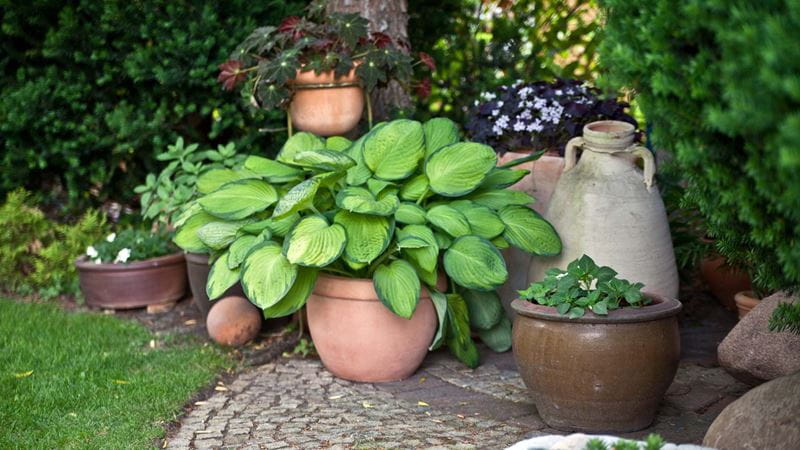
Though potted plants and some raised beds aren’t technically ‘fixed’ to the property, you may still need to declare what’s moving house with you.
“These will likely feature on the property information form or fixtures and fittings list that is provided to prospective buyers,” notes Forrester.
“If the seller intends to take, or indeed leave, any plants when they move out, it’s important to make it clear."
“This isn’t just silly, petty stuff; far from it. Mature, established plants can be worth thousands of pounds and take years to cultivate. A beautiful garden can also inspire a generous offer from a buyer. It’s only decent for sellers to be upfront and honest about their intentions from the start.”
If you’re the proud parent of any houseplants, you’ll already know how fickle and fussy they can be. Some plants don’t take well to moving around a room. Extra care is needed if they are to withstand moving house entirely. My favourite houseplant retailer, Patch Plants, has some useful care tips on its website. These include how to prepare for moving day, best practice on the day itself and how to gently introduce your houseplants to their new home (avoiding any tantrums).

If you’re feeling disheartened by this news – fear not. There are other ways you can take your plants with you when you move. You won’t break a sweat lifting heavy foliage either (that’s win in our books).
“In many cases, there is no need to do the hard slog of digging up your favourite plants in order to transplant them in your new garden,” says gardening expert Simon Akeroyd.
“Not only can this plunge them into shock and damage their roots, but also mature plants can be bulky and take up unnecessary space in your moving vehicle.
“It’s far easier to just take a few cuttings and collect seeds, which can all be packaged in a neat, compact box. Careful planning is necessary for this, as some plants can only be propagated at certain times of the year. But you usually have plenty of notice when it comes to moving, so it’s easy to plan ahead.”
Of course, many plants can only be successfully uprooted in their dormant state at certain times of year. You may have no choice but to leave them behind and take cuttings instead.
If you are taking any cuttings, be sure to know how to sharpen secateurs safely. This gives them the best chance of survival. We’ve also got some handy guides for when to take rosemary cuttings and how to grow lavender from cuttings.
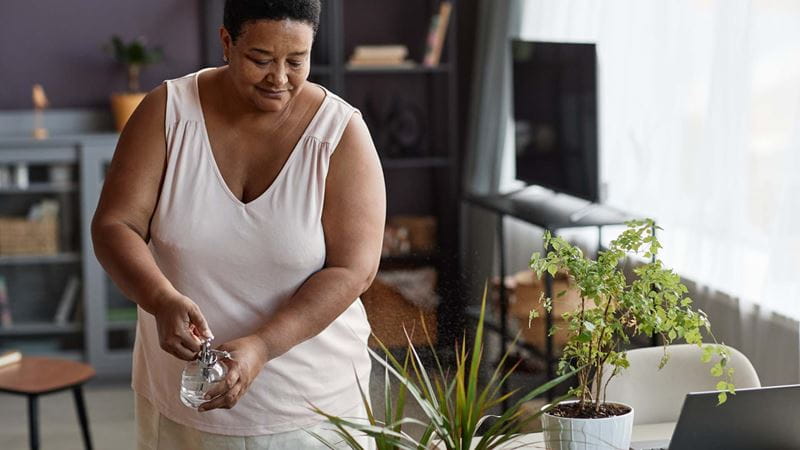
Once you’ve agreed on the plants you will be taking with you when you move, you’ll need to make sure they’re looked after in the removals process. We’ve probably all experienced the odd missing or damaged item. I'm still searching for two bed legs that walked off a few years back.
So it’s crucial that any plants being moved are cared for properly. Removals expert Master Movers has shared some useful information on its website. We've included some below...
Rosanna Spence has been a journalist for 10 years, reporting on a huge array of topics – from microwaves to cocktails, sustainable buildings, the Caribbean islands and beyond. She’s interviewed chefs at the helm of Michelin-starred restaurants and chatted to countless CEOs about their businesses, as well as created travel guides for experienced travellers seeking life-changing adventures. Throughout her career, she has created content for Business Traveller, i-escape.com, Pub & Bar, BRITA, Dine Out and many more leading titles and brands.
View author page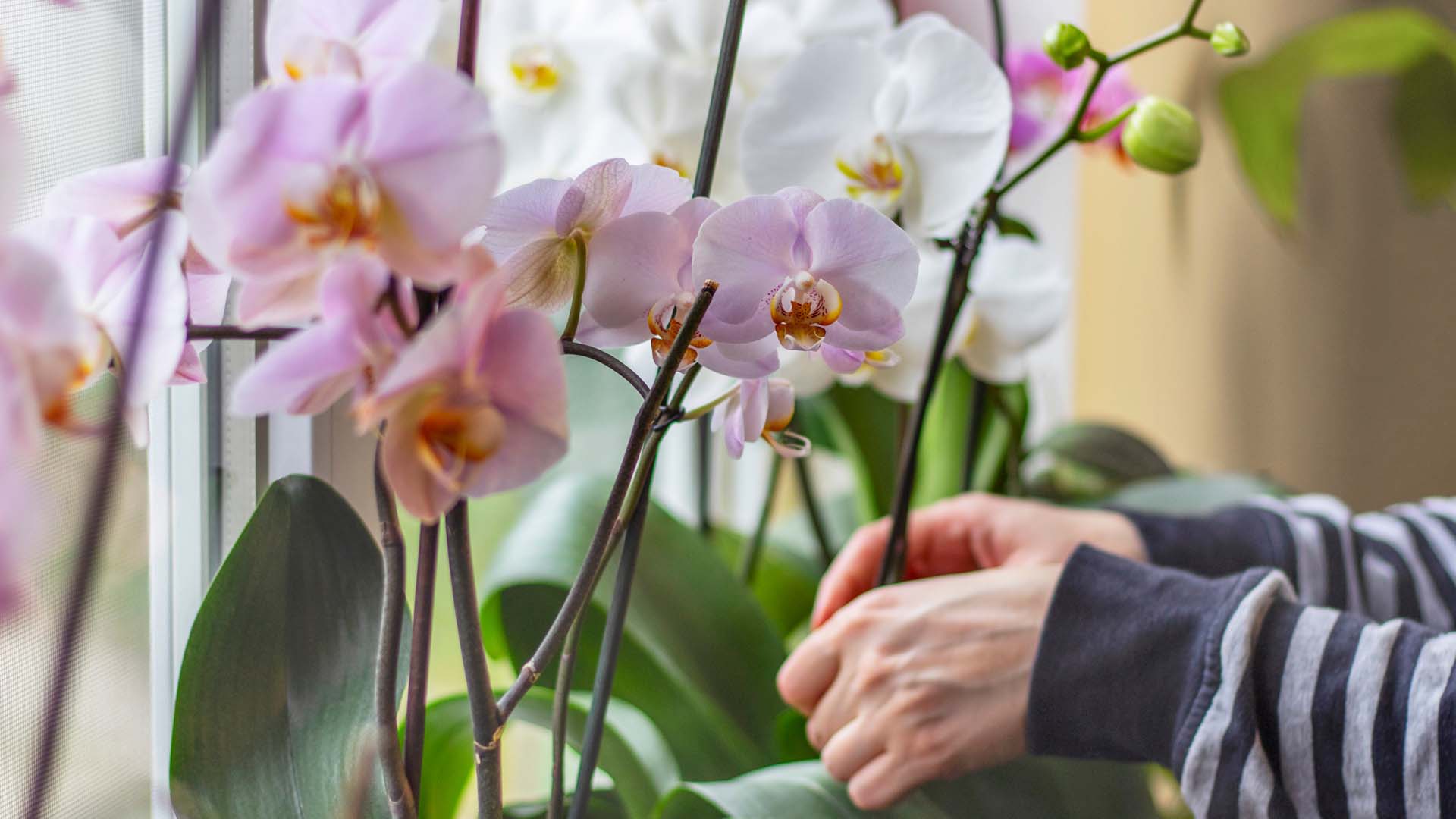
Our expert pruning and watering hacks include a top tip to keep them flowering from Alan Titchmarsh.
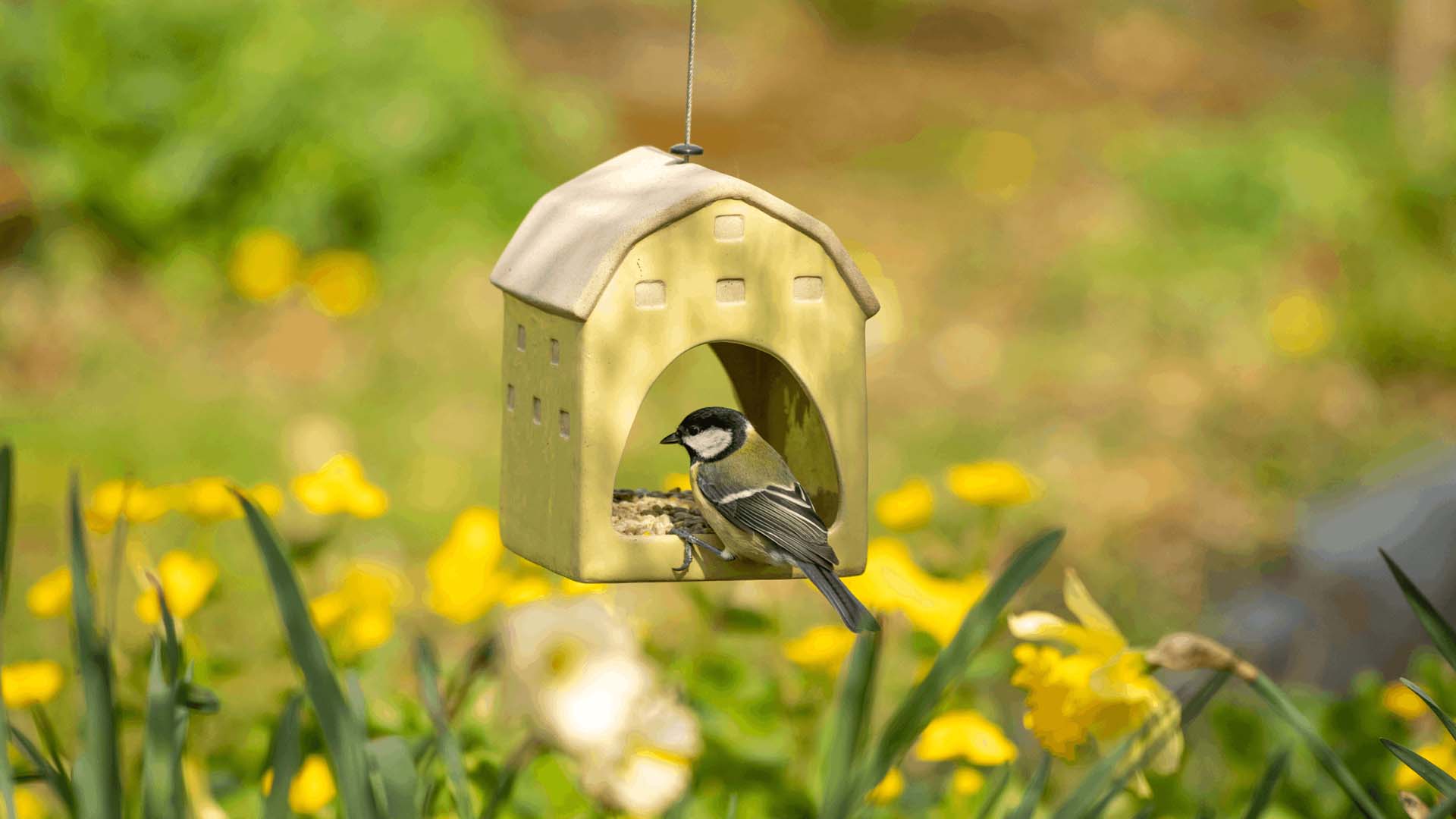
Don’t make these bird-feeding mistakes. Expert advice on how to feed birds in your garden safely.
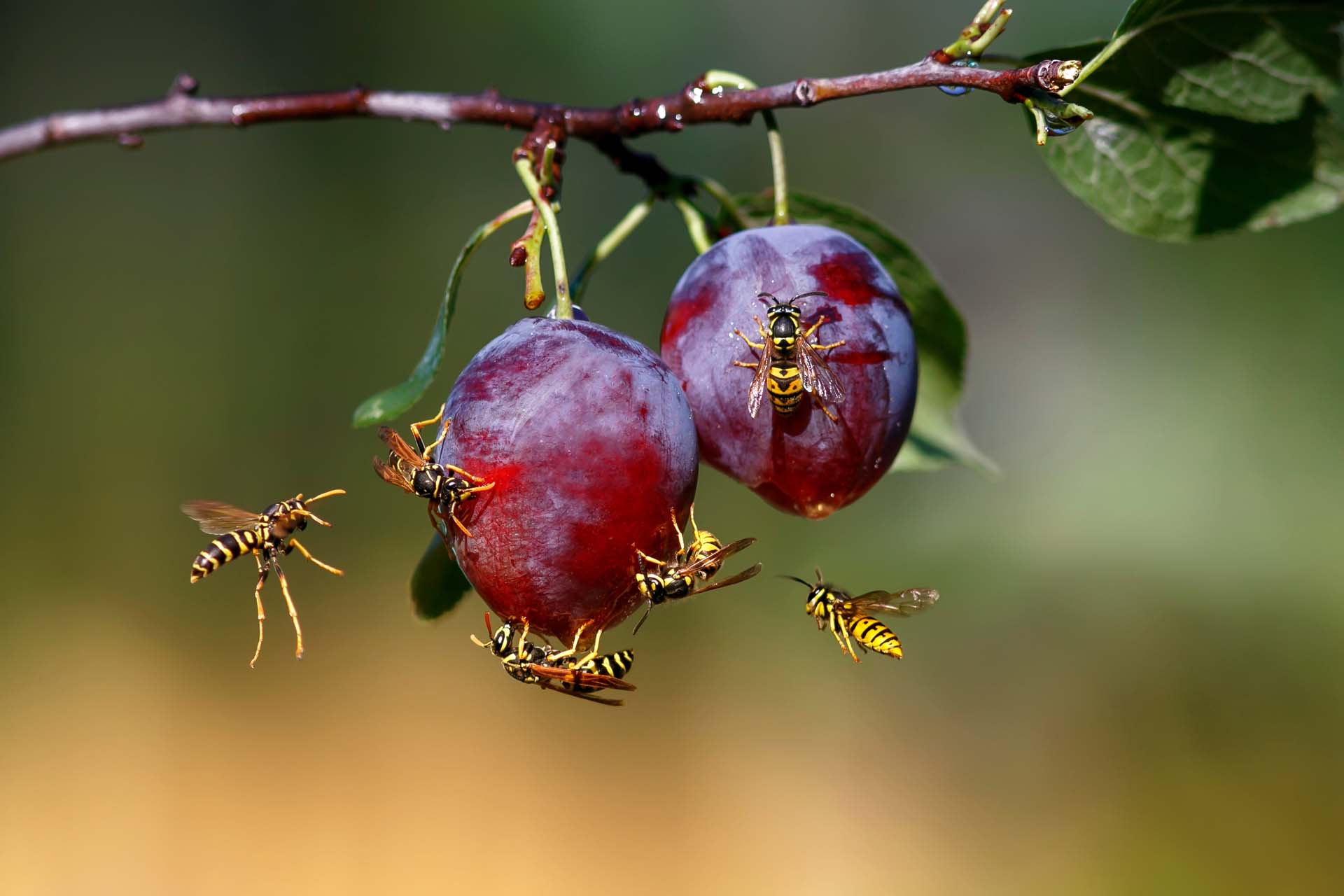
Blighted by buzzing? How to keep wasps out of your garden without harming them so you can enjoy the summer.
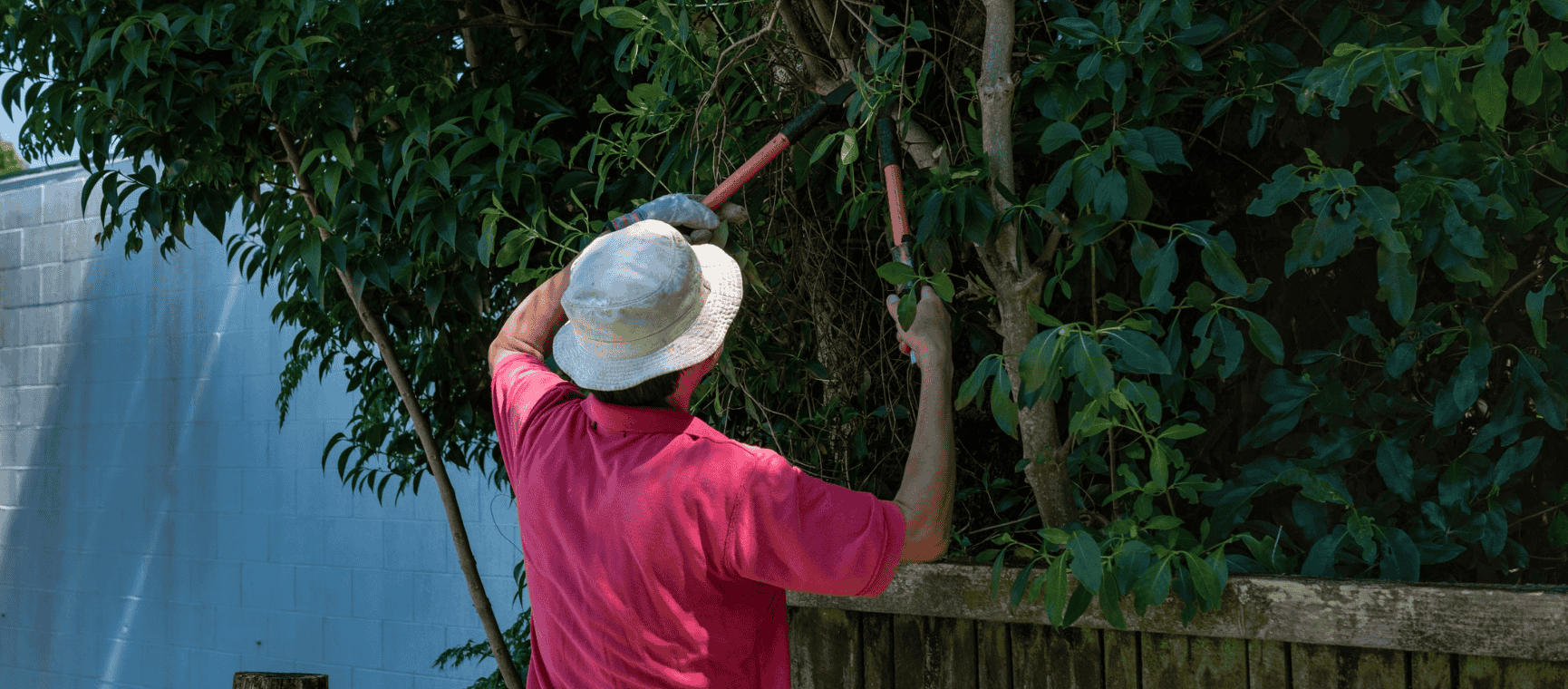
The ways you could be breaking the law in your back garden - with expert advice on how to avoid neighbour disputes, a fine or even a prosecution.
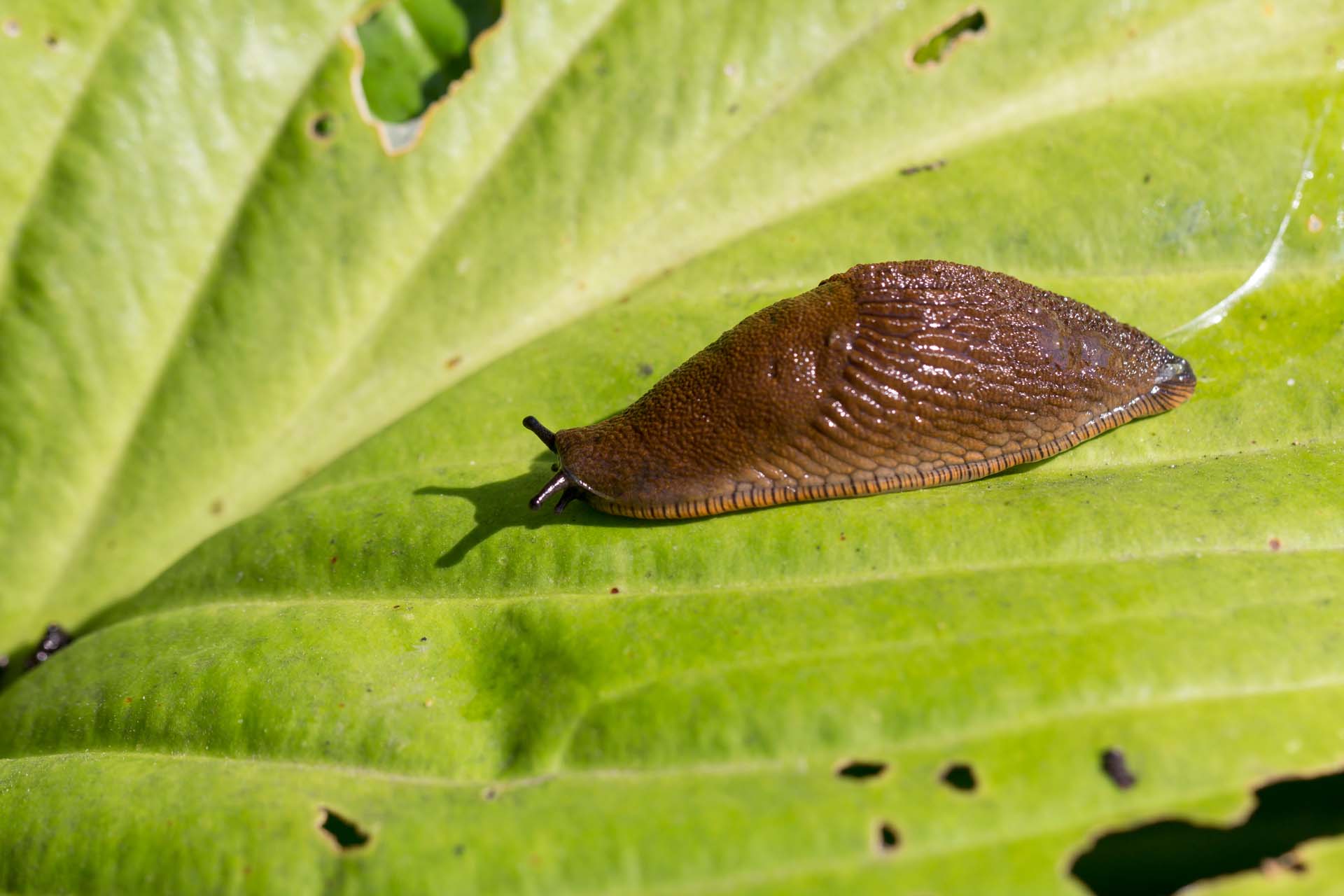
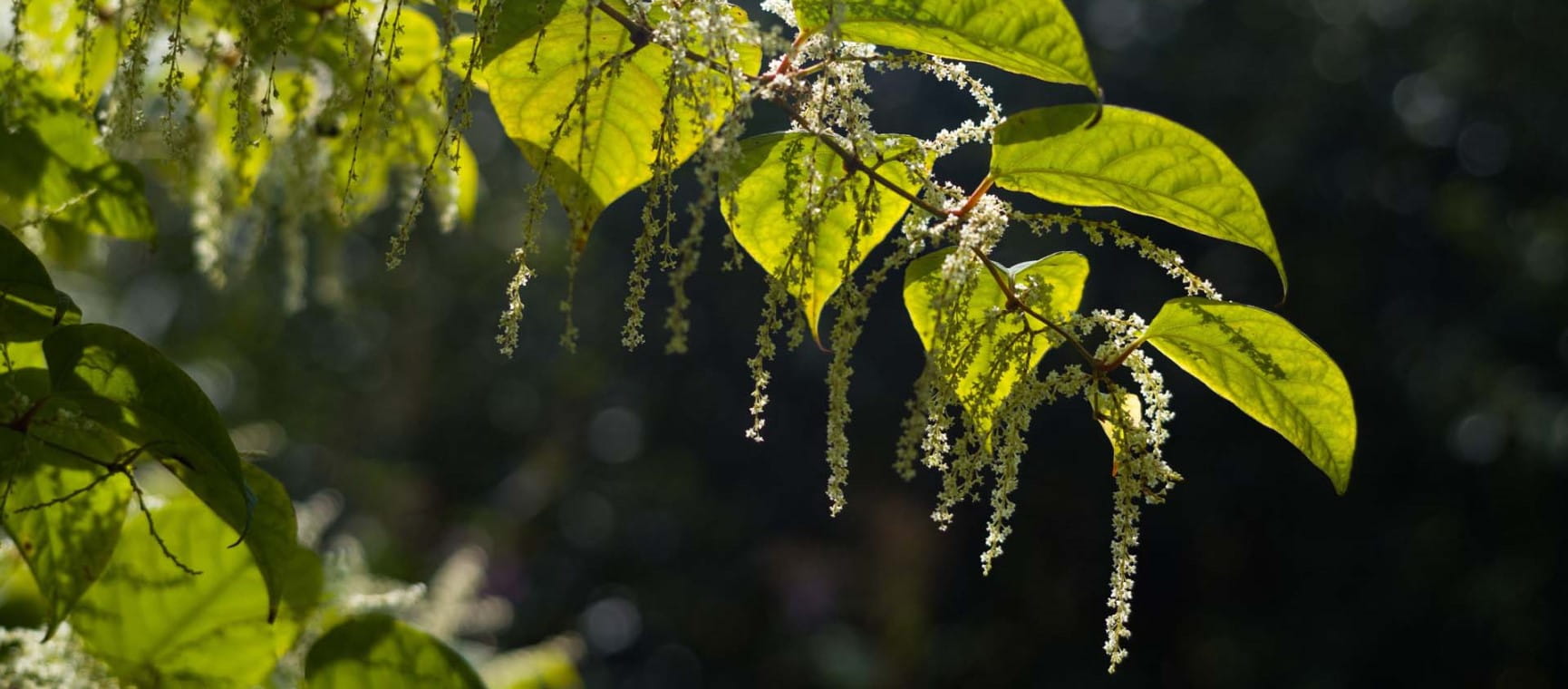
Everything you need to know about Japanese knotweed, the fast-growing plant nobody wants in their garden.